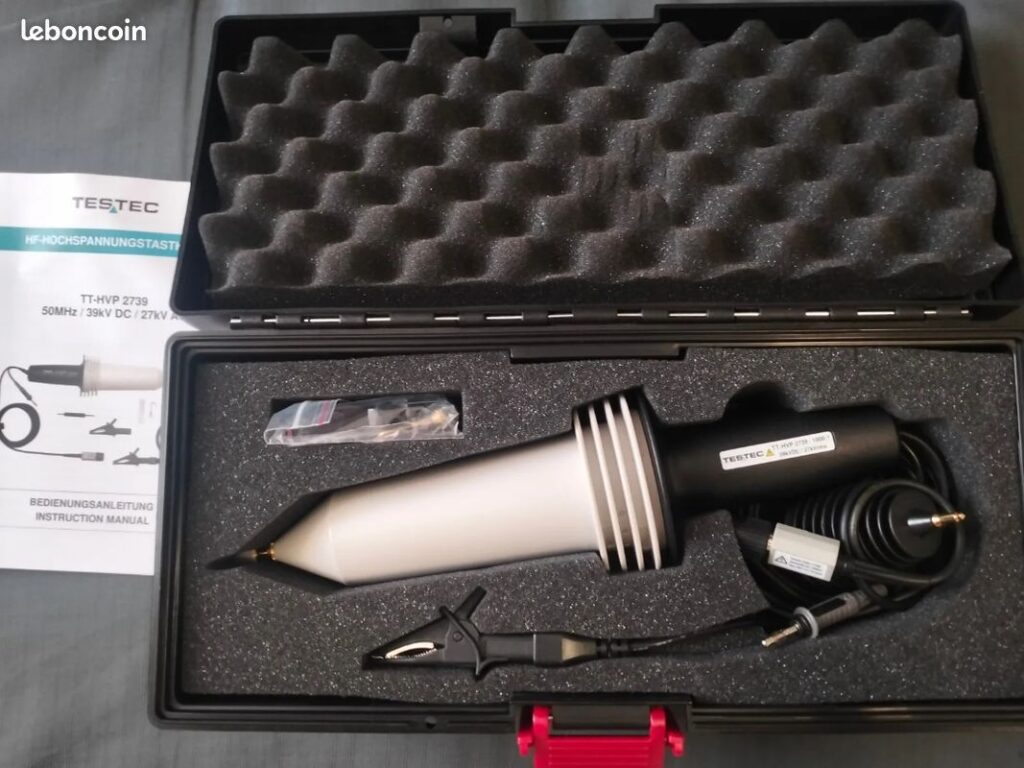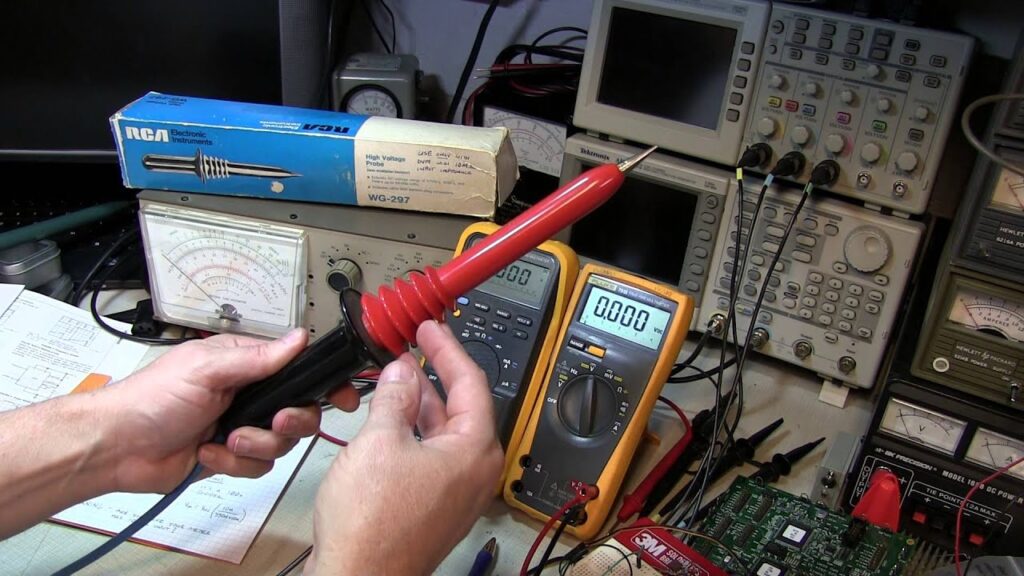The Risks
High-voltage environments can lead to:
– Electric shock and arc flash hazards, posing direct safety threats to personnel.
– Equipment damage due to transient overvoltages, insulation breakdown, or corona discharge.
– Measurement inaccuracies when using standard instruments beyond their rated limits.
– Unplanned downtime and costly failures resulting from undetected voltage spikes or insulation degradation.
In laboratories and manufacturing facilities, these challenges are magnified by the need for precision, repeatability, and traceable calibration—making safe and accurate measurement a non-negotiable requirement.
Some Use Cases
High-voltage monitoring relies on specialized probes, sensors, and diagnostic tools that safely scale down voltages to measurable levels without compromising accuracy.
These tools form the backbone of:
– Ignition testing setups in automotive and aerospace labs.
– Dielectric strength and insulation testing in power equipment manufacturing.
– High-voltage product validation during R&D and compliance certification.
– Field maintenance of transformers, switchgear, and HV transmission systems.
By pairing advanced high-voltage probes with oscilloscopes, multimeters, or data acquisition systems, engineers can capture waveforms, verify performance, and detect anomalies—all while maintaining operator safety and equipment integrity.

